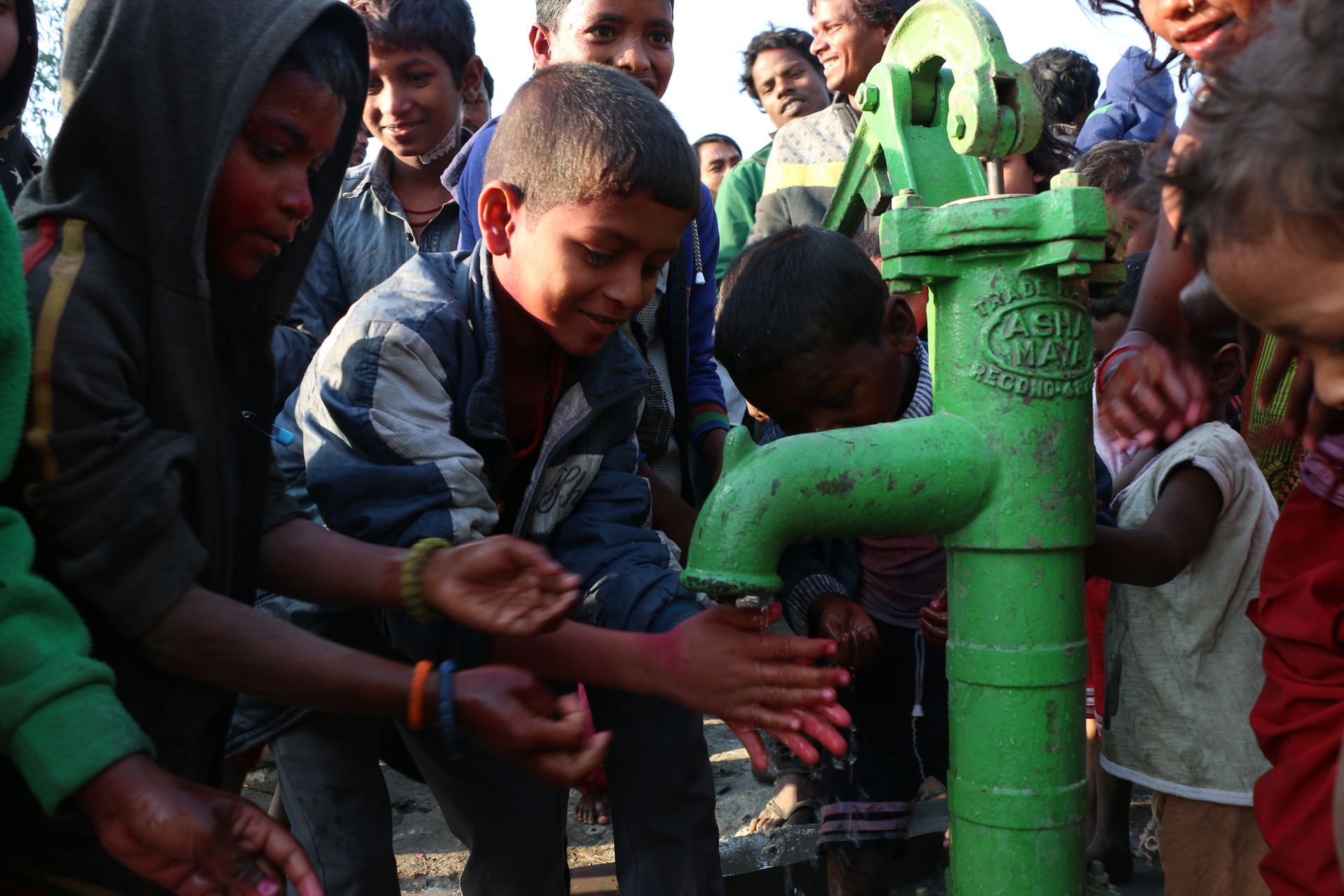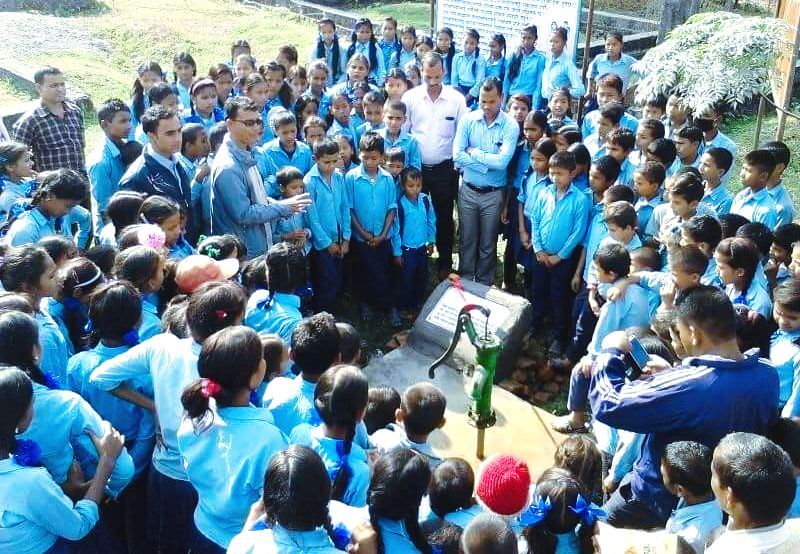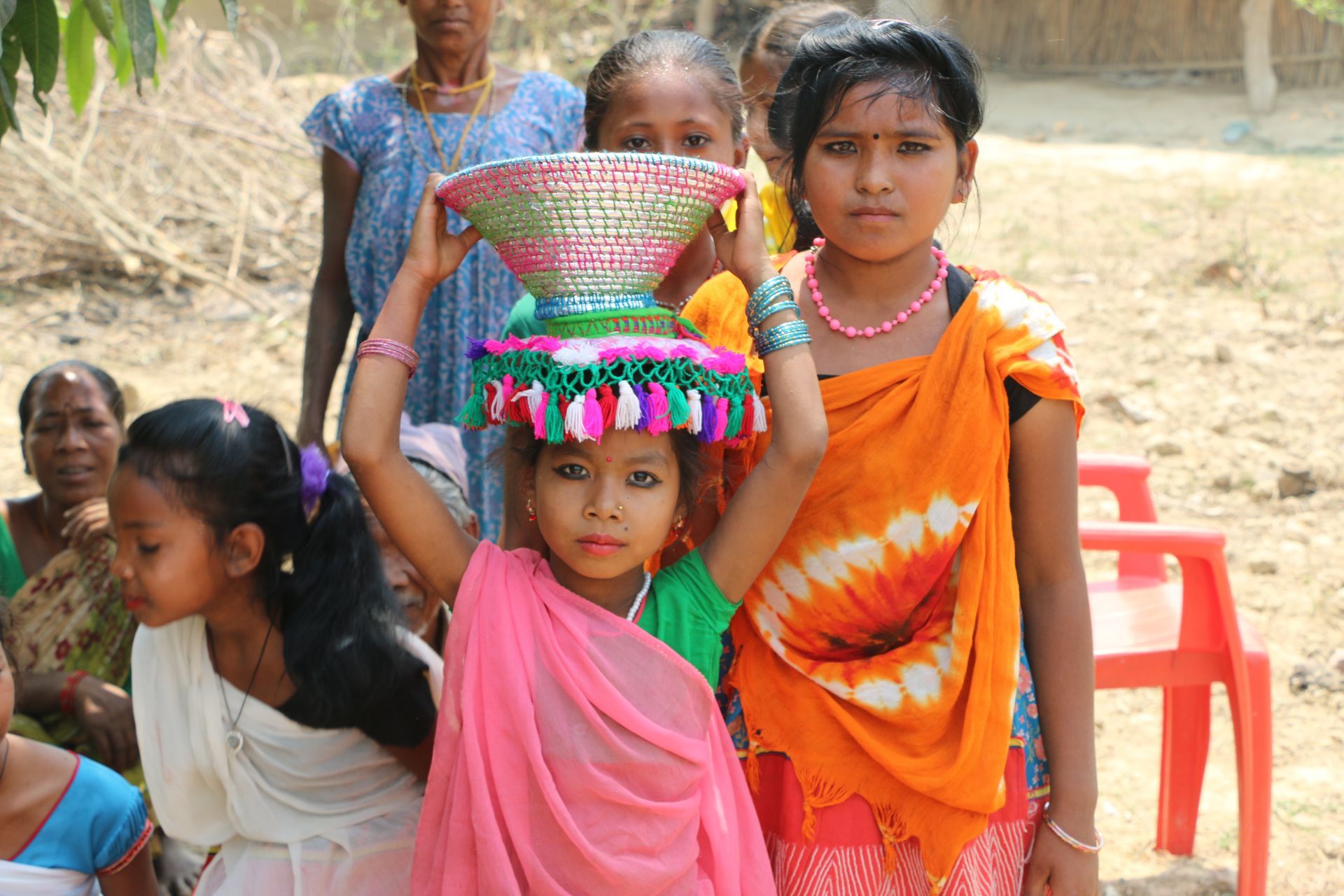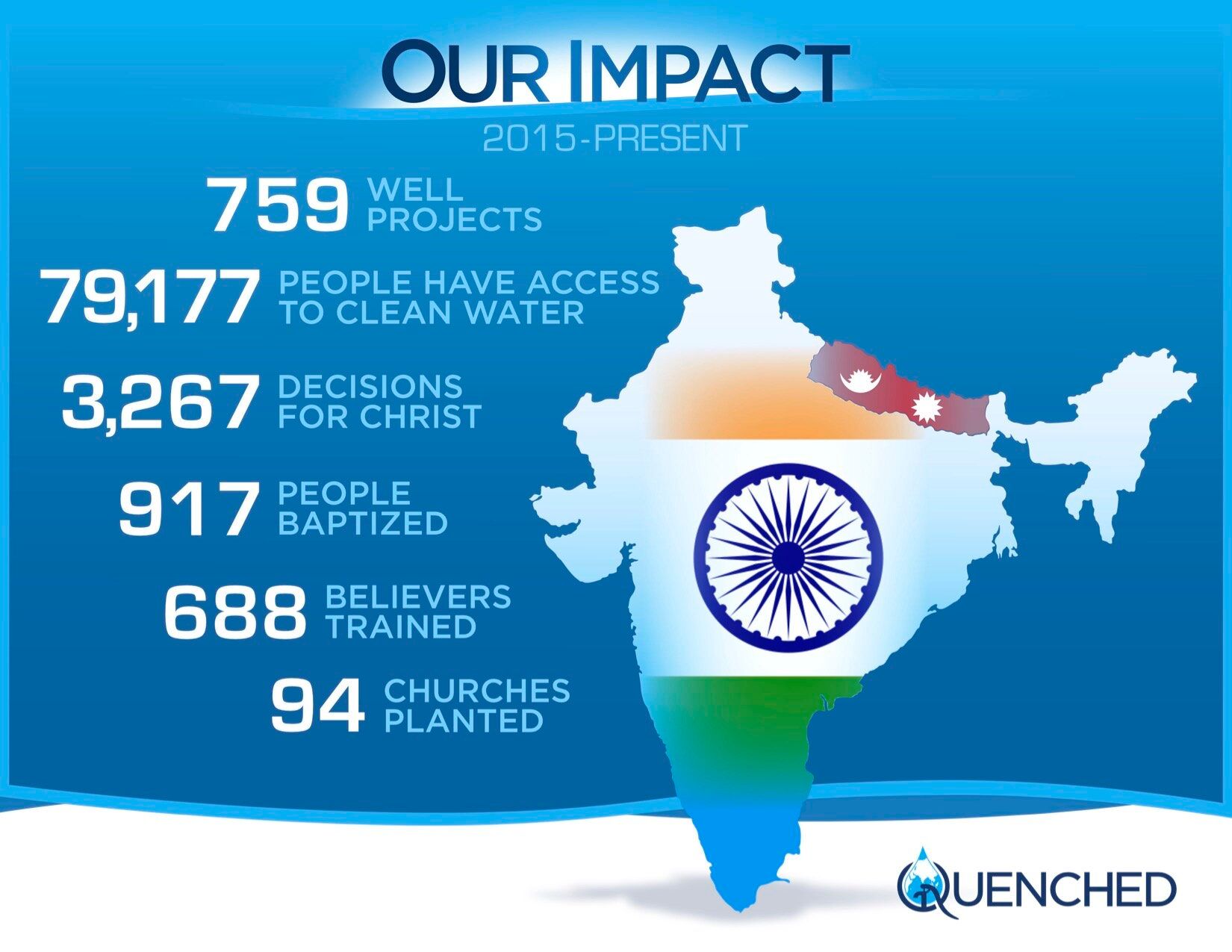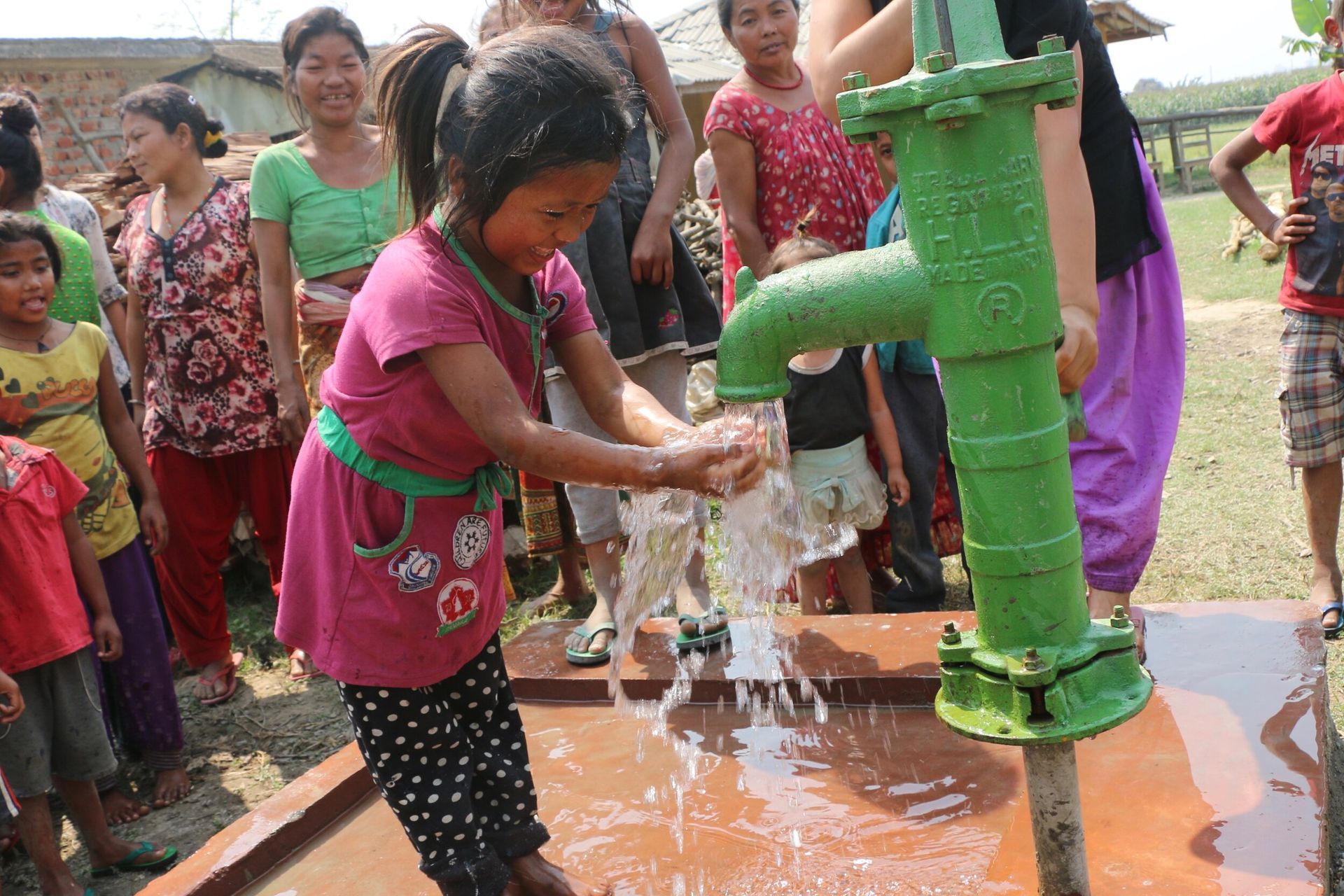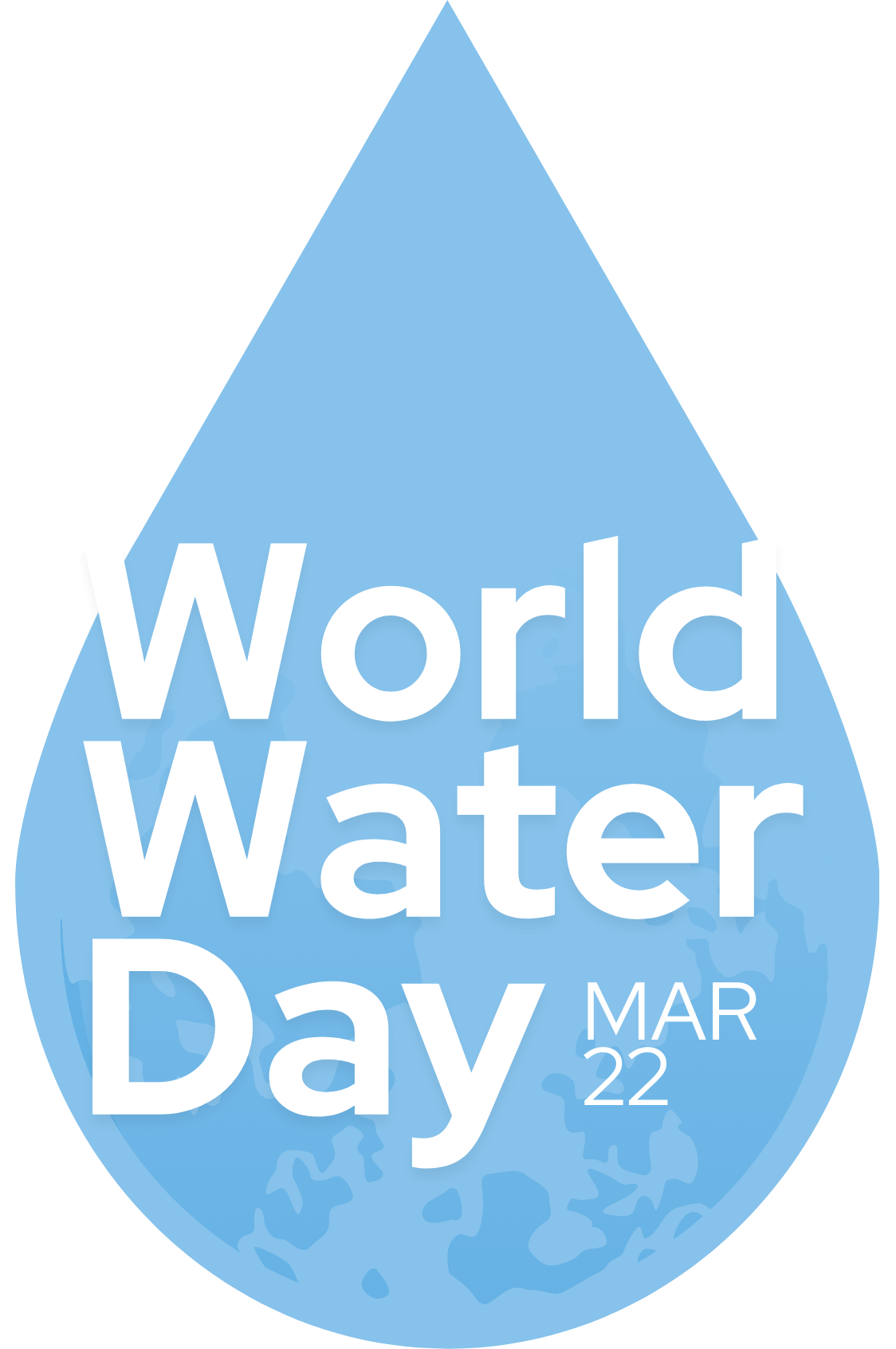The Effects of Water Pollution in India
Water pollution is a major environmental problem the world over, but India is among the nations most severely impacted by water scarcity and contamination. Clean water is arguably the most essential resource for life on the planet, and, in wealthy nations, most people need only turn on a tap to access it. Yet in India, people, animals, and crops struggle for daily survival because of the degree to which harmful practices have corrupted water resources. Each detrimental effect of water pollution leads to another, causing systemic suffering.
The Causes of Water Pollution in India
There are three main causes of contamination in India’s surface, ground, and drinking water:
- Lack of Planned Water Infrastructure. Water infrastructure is fragmented (each state controls its own), and urban population growth exceeds the government’s infrastructure capacity. Rural areas have even fewer municipal water resources.
- Industrial Pollution. Water pollution caused by industries in India is endemic. Over 77% of national industries contribute significantly to water pollution. Major offenders include the mining, chemical, and electricity sectors; pollution from textiles; and other water-intensive industries as well.
- Lack of Proper Waste Management and Processing. About 70% of India’s daily wastewater (sewage, garbage, and industrial runoff) is untreated and flows directly into natural bodies of water. Eventually, infectious bacteria and disease seep into the groundwater as well.
The Effects of Water Pollution in India
As you might imagine, India’s water pollution has devastatingly harmful effects on both humans and ecosystems. These include:
- Destroyed Crops. The polluted groundwater prevents crop growth. The crops that do grow are less nutritious or unsafe for consumption, resulting in food shortages and the inability to export healthy crops for economic gain.
- Spread of infectious disease. The bacteria in the polluted groundwater causes people to contract diseases like typhoid, cholera, hepatitis, E. coli, dysentery, and salmonella. It also causes malnourishment in children, which leads to problems with their development in the short term and for their overall health in the long term.
- Disproportionate suffering of women and children. In India, women are responsible for domestic water acquisition. Both women and children are tasked with walking long distances to reach water sources and with carrying water home, which takes time and energy away from other responsibilities. As a result, mothers have less quality time to spend with their families. Lack of proper nutrition and a greater chore burden mean that children have difficulty progressing in their education. This in turn ultimately impedes their chances for academic and professional success.
- Economic Stagnation. Communities fail to thrive as a whole when crops fail, people get sick, or children face obstacles to their education. This in turn lowers India’s productivity, wealth, and GDP (gross domestic product).
Ways to Address Water Pollution in India
There are several ways to address water pollution in India. Water infrastructure can be integrated so that problems can be solved nationwide. The billions of cubic meters of rainfall that India receives each year can be better harvested and managed; the number of wastewater treatment plants can be increased. Water filters can also be used as a stopgap.
Another solution is to install clean drinking water wells in villages that most need them. At Quenched, we want to change the world and know you do, too. One of the ways we do that is by helping those in need in India and Nepal. We work to give the people of Nepal and India hope by offering them clean water and the life-changing message of Jesus Christ. Find out how you can help us make a difference and bring clean water to these communities today!
Impact in your inbox
Join our community bringing clean water and the Gospel to the unreached.
Newsletter Subscription

